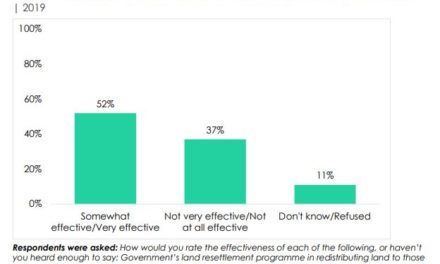
Power utility warns of looming crisis
The shortage of electricity supply within the SADC region remains a problem. The next three to four years will be critical for the region as power utilities are working hard to put up new generation sources and refurbish and upgrade existing ones, according to Paulus Shilamba, managing director of NamPower.
In view of the looming power crisis, the utility has entered into various power purchase agreements with neighbouring countries and has embarked on projects to ensure that Namibia has a constant energy supply. One such project is the ZIZABONA Project.
NamPower entered into an agreement with Zimbabwe, Zambia and Botswana to improve and control the energy consumption in the four countries.
The countries will meet in the near future to schedule an investors conference and to establish a permanent administrative structure.
The partners are also discussing the upgrade of the transmission line between Gerus and Auas substations to 300 megawatts in order to accommodate ZIZABONA operations.
Meanwhile, Shilamba warned that Namibians will have to brace themselves for a cold winter as there will be a shortfall of 80 megawatts this winter. The deficit is expected to increase to 150 megawatts when the power purchasing agreement with Zimbabwe Electricity Supply Authority (ZESA) comes to an end in 2013 and to a further 3000 megawatts by 2015, due to the growth of the economy especially the mining sector.
Shilamba added that Nampower is embarking on a number of projects to keep the supply of electricity under control.
The power utility has initiated the Short Term Critical Supply Project (STCS), where a number of short term initiatives will be implemented to address the power shortages. The projects include the rehabilitation of the Van Eck Power Station, the replacement of the turbine runners at Ruacana as well as the replacement of all machines at the Paratus Power Station with new ones.
NamPower will also engage independent power producers and will investigate the acquisition of emergency diesel generators.
The replacement of the turbine runners at Ruacana Power Station and replacement of all machines at Paratus Power Station are already under way. The projects are expected to be completed in the next 12 to 24 months and is projected to cost approximately N$300 million.
To control energy consumption within the country, NamPower will continue to implement the Demand Side Management programme and will spread public awareness on the use of power under the theme “The Power of Knowing”which advocates the time of use tariffs and demand market participation projects.











































